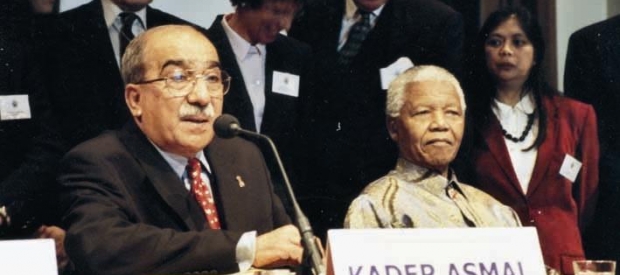Citizens’ Guide to the WCD
This is International Rivers' guide on how to use the World Commission on Dams report in their struggles for justice and human rights. This 59–page booklet provides background on the formation of the WCD, a detailed summary of the WCD’s findings and recommendations, and responses from NGOs, institutions and governments to the report. Most importantly, the guide provides suggestions for how activists can use the report to stop destructive development projects and promote better alternatives.
Excerpts from the Introduction to the Citizens’ Guide to the World Commission on Dams
There is good news for people worldwide who are committed to caring for their rivers, who believe in finding the best ways to produce and distribute electricity, who understand that access to water is a basic human right, and who know that respect for human rights must be a core principle guiding development. That news comes in a big package –– the 400–page report of the World Commission on Dams. The report is formally titled Dams and Development: A New Framework for Decision Making, but is commonly referred to as "the WCD Report".
The report boils down to this: worldwide, large dams haven’t provided the benefits that their promoters had predicted. At the same time, the negative impacts of large dams have been far greater than imagined. The report finds that the status quo is unacceptable; that outstanding social and environmental problems associated with existing dams need to be addressed; and that the rights of all people, particularly indigenous peoples, must be respected.
Continuing to plan and build dams as they have always been planned and built, the WCD says, is unacceptable. Instead, the WCD recommends a new approach to decision–making based on the principles of equity, efficiency, participatory decision–making, sustainability and accountability. The WCD’s guidelines and recommendations are extraordinarily useful to academics, activists, professionals and government officials who are interested in promoting a new model for making decisions about development.
The problem with all this good news is that the package that it comes in is difficult to unwrap, and so we’d like to help. Hence we offer this Citizens’ Guide to the WCD. So that you can appreciate the legitimacy and usefulness of the report’s findings, we provide its history, from the WCD’s conception through to publication of the report. So that you can supplement your own knowledge of the actual performance of dams worldwide, we highlight the report’s key findings. To help you understand the WCD’s alternative decision–making approaches, we highlight the report’s guidelines and recommendations. To help you in your campaigns, we offer suggestions on how you can use the report to stop destructive development projects and promote alternatives.
The goal of this guide is to ensure that the WCD recommendations and guidelines are more likely to be followed than not. If the findings are respected and the guidelines and recommendations put to use, the work of the Commission and the hundreds of people who contributed to it will help put an end to the days of destructive development projects.




